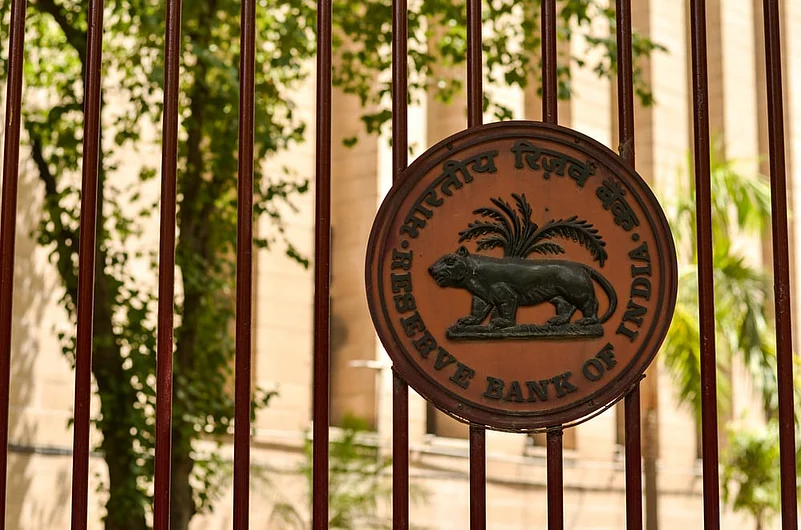India’s banking sector has managed to reduce the total number of Non-Performing Assets (NPAs) over the past two years as overall gross NPAs have reduced to Rs 4.56 lakh crore (comprising 2.79 per cent of total advances) in March 2024 compared to Rs 6.97 lakh crore (comprising 5.89 per cent of total advances) in March 2022.
Even as the total number of NPAs has reduced the NPAs within the personal loan and credit card segments have witnessed a significant spike. NPAs in the personal loans segment have increased by 51 per cent to Rs 11,210 crore (comprising 1.16 per cent of advances) in June 2024 compared to Rs 7,422 crore (comprising 0.93 per cent of advances) in March 2023, according to a report by the Indian Express which cited an answer to a Right to Information (RTI) request filed by the national daily. The report also said that the quantum of NPAs in the three months leading up to June 2024 grew by Rs 1,522 crore from Rs 9,688 crore in March 2024.
Credit card NPAs in the banking sector have also witnessed an increase as they have grown by 136 per cent to Rs 5,679 crore or 2.04 per cent of advances in June 2024 compared to Rs 2,404 crore comprising 1.82 per cent of advances in March 2020. The NPAs in the credit card segment for June 2024 also increased by 39.46 per cent from Rs 4,072 crore in March 2023.
When Does An Account Become An NPA?
Personal loans and credit cards offer unsecured lines of credit, meaning the money is borrowed without any collateral. Unsecured loans are generally provided at high interest rates compared to secured loans wherein the borrower provides an asset as collateral. Financial institutions declare a loan account as an NPA once the interest or principal installment due from the account is not received for more than 90 days from the due date.
On the other hand, when a credit card user does not repay his or her credit card bill on the date of repayment marked in the billing cycle, the bank charges 42-46 per cent interest per annum on the outstanding dues and the individual’s credit score also reduces.
RBI’s Risk Weight Regulation
Earlier in 2023, the RBI increased the risk weight for consumer credit, credit card loans and bank lending to NBFCs by 25 per cent. The move was aimed at addressing the build-up of risks faced by lending institutions while providing such loans.
“Even as inquiry volumes remain robust, the impact of increase in risk weights on certain segments of consumer credit pulled down the rate of growth in overall consumer credit, especially personal loans and credit cards,” the RBI said in its FSR report.
Rising Credit Card Usage And Increasing Outstanding Amounts
Credit card usage is on the rise as the value of credit card transactions has nearly increased three-fold to Rs 18.31 lakh crore during FY 2024 from Rs 6.30 lakh crore in March 2021 as per the report. The monthly spending by card users stood at Rs 1,76,202 crore for the month of September 2024. The number of credit cards issued by banks has also increased to 10.61 crore as of September 2024 compared to 9.3 crore in September 2023.
While the rise in the number of credit cards issued and the increase in monthly spending indicate a growth in credit card usage, credit card outstanding which refers to the amount due from users is also rising. Credit card outstanding amounts have increased to Rs 2,81,392 crore as of October 2024 compared to Rs 2,49,635 crore in 2022.











